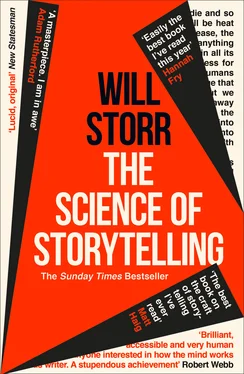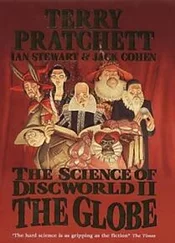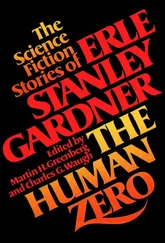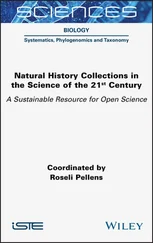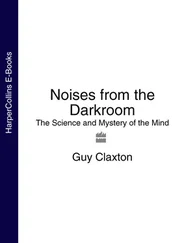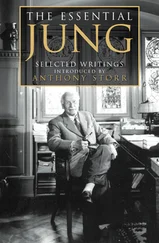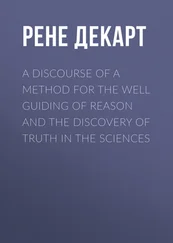the streets stank of manure, the courtyards of urine, the stairwells stank of mouldering wood and rat droppings, the kitchens of spoiled cabbage and mutton fat; the unaired parlours stank of stale dust, the bedrooms of greasy sheets, damp featherbeds and the pungently sweet aroma of chamber-pots. The stench of sulphur rose from the chimneys, the stench of caustic lyes from the tanneries, and from the slaughterhouses came the stench of congealed blood. People stank of sweat and unwashed clothes; from their mouths came the stench of rotting teeth, from their bellies that of onions, and from their bodies, if they were no longer very young, came the stench of rancid cheese and sour milk and tumorous disease … [ the heat of day squeezed ] its putrefying vapour, a blend of rotting melon and the fetid odour of burned animal horn, out into the nearby alleys.
The brain’s propensity for automatic model-making is exploited with superb effect by tellers of fantasy and science-fiction stories. Simply naming a planet, ancient war or obscure technical detail seems to trigger the neural process of building it, as if it actually exists. One of the first books I fell in love with as a boy was J.R.R. Tolkien’s The Hobbit . My best friend Oliver and I obsessed over the maps it contained – ‘Mount Gundabad’; ‘Desolation of Smaug’; ‘West lies Mirkwood the Great – there are spiders.’ When his father made photocopies of them for us, these maps became the focus of a summer of blissful play. The places Tolkien sketched out, on those maps, felt as real to us as the sweet shop in Silverdale Road.
In Star Wars , when Han Solo boasts that his ship the Millennium Falcon ‘made the Kessel Run in less than twelve parsecs’ we have the strange experience of knowing it’s an actor doing gibberish whilst simultaneously somehow feeling as if it’s real. The line works because of its absolute specificity and its adherence to what sounds like truth (the ‘Kessel Run’ really could be a smuggling route while ‘parsecs’ are a genuine measurement of distance, equivalent to 3.26 light years). As ridiculous as some of this language actually is, rather than taking us out of the storyteller’s fictional hallucination, it gives it even more density.
By merest suggestion, the Kessel Run becomes real. We can imagine the dusty planet on which the route begins, hear the whine and blast of the engines, feel the hustle and violence of the piss-stinking smuggler’s haunts. This is just what happens in Bladerunner ’s most famous scene, in which the replicant Roy Batty, on the edge of death, tells Rick Deckard, ‘I’ve seen things you people wouldn’t believe. Attack ships on fire off the shoulder of Orion. I watched C-beams glitter in the dark near the Tannhäuser Gate.’
Those C-beams! That gate! Their wonder lies in the fact that they’re merely suggested. Like monsters in the most frightening horror stories, they feel all the more real for being the creations, not of the writer, but of our own incessant model-making imaginations.
The hallucinated world our brain creates for us is specialised. It’s honed towards our particular survival needs. Like all animals, our species can only detect the narrow band of reality that’s necessary for us to get by. Dogs live principally in a world of smell, moles in touch and knife-fish in a realm of electricity. The human world is predominantly that of people. Our hyper-social brains are designed to control an environment of other selves.
Humans have an extraordinary gift for reading and understanding the minds of other people. In order to control our environment of humans, we have to be able to predict how they’re going to behave. The importance and complexity of human behaviour means we have an insatiable curiosity about it. Storytellers exploit both these mechanisms and this curiosity; the stories they tell are a deep investigation into the ever-fascinating whys of what people do.
We’ve been a social species, whose survival has depended upon human cooperation, for hundreds of thousands of years. But over the last 1,000 generations it’s been argued that these social instincts have been rapidly honed and strengthened. This ‘sharp acceleration’ of selection for social traits, writes developmental psychologist Professor Bruce Hood, has left us with brains that are ‘exquisitely engineered to interact with other brains’.
For earlier humans that roamed hostile environments, aggression and physicality had been critical. But the more cooperative we became, the less useful these traits proved. When we started living in settled communities, they grew especially troublesome. There, it would’ve been the people who were better at getting along with others, rather than the physically dominant, who’d have been more successful.
This success in the community would’ve meant greater reproductive success, which would’ve gradually led to the emergence of a new strain of human. These humans had thinner and weaker bones than their ancestors and greatly reduced muscle mass, their physical strength as much as halving. They also had the kind of brain chemistry and hormones that predisposed them to behaviour specialised for settled communal living. They’d have been less interpersonally aggressive, but more adept at the kind of psychological manipulation necessary for negotiating, trading and diplomacy. They’d become expert at controlling their environment of other human minds.
You might compare it to the difference between a wolf and a dog. A wolf survives by cooperating as well as fighting for dominance and killing prey. A dog does so by manipulating its human owner such that they’d do anything for them. The power my beloved labradoodle Parker has over my own brain is frankly embarrassing. (I’ve dedicated this bloody book to her.) In fact, this might be more than a mere analogy. Researchers such as Hood argue that modern humans have gone through a process of ‘self-domestication’. Support for the idea comes partly from the fact that, over the last 20,000 years, our brains have shrunk by between ten and fifteen per cent, the same reduction that’s been observed in all the thirty or so other animals that humans have domesticated. Just as with those creatures, our domestication means we’re tamer than our ancestors, better at reading social signals and more dependent on others. But, writes Hood, ‘no other animal has taken domestication to the extent that we have.’ Our brains may have initially evolved to ‘cope with a potentially threatening world of predators, limited food and adverse weather, but we now rely on it to navigate an equally unpredictable social landscape.’
Unpredictable humans. This is the stuff of story.
For modern humans, controlling the world means controlling other people, and that means understanding them. We’re wired to be fascinated by others and get valuable information from their faces. This fascination begins almost immediately. Whereas ape and monkey parents spend almost no time looking at their babies’ faces, we’re helplessly drawn to them. Newborns are attracted to human faces more than to any other object and, One hour from birth, begin imitating them. By two, they’ve learned to control their social worlds by smiling. By the time they’re adults, they’ve become so adept at reading people that they’re making calculations about status and character automatically, in one tenth of a second. The evolution of our strange, extremely other-obsessed brains has brought with it weird side-effects. Human obsession with faces is so fierce we see them almost anywhere: in fire; in clouds; down spooky corridors; in toast.
Читать дальше
